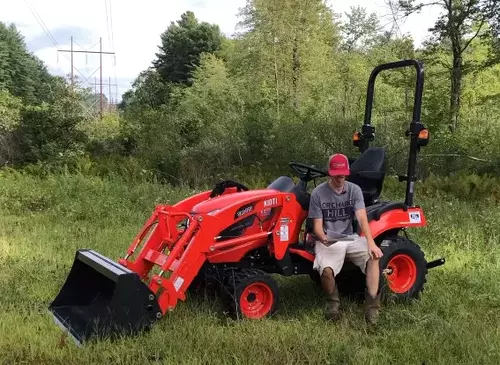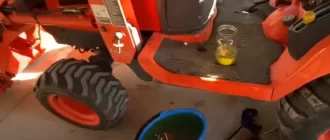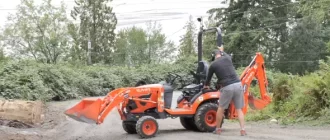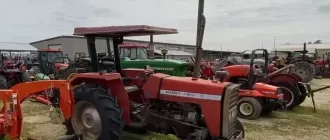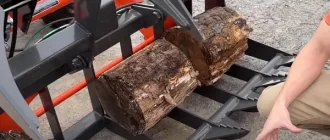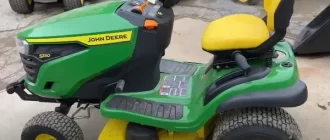When deciding between a skid steer or a tractor, consider the size of your farming operation and specific tasks you’ll regularly perform. Tractors are known for their affordability, lower operating costs, and versatility in handling various farm activities like plowing, tilling, and mowing with their wide range of attachments. They are ideal for smaller farms operating on tight budgets.
Skid steers have gained popularity for their maneuverability, stability, and broader range of attachments. They are perfect for working in rugged and tight spaces, with features like hydraulic coolers and higher visibility for increased efficiency. Consider the costs, maintenance, and intended use of both machines when making your choice, ensuring the best long-term investment for your needs.
Understanding the Differences between Skid Steers and Tractors
| Category | Skid Steers | Tractors |
|---|---|---|
| Size | Smaller, compact | Larger, heavier |
| Maneuverability | More agile, can turn 360° | Less agile |
| Power Source | Diesel, electric, gas | Diesel, gasoline |
| Attachments | Can use a variety of attachments such as buckets, forks, and augers | Limited to specific attachments such as plows, harrows, and cultivators |
| Operator Position | Seated | Seated or standing |
| Weight Capacity | Lighter capacity | Heavier capacity |
| Traction | Good on softer surfaces | Better on firmer surfaces |
| Speed | Higher speed potential | Lower speed potential |
| Versatility | More adaptable to different job sites, harder-to-reach areas | Mostly suited for one job, fewer tasks can be performed |
| Cost | Generally less expensive | Generally more expensive |
When considering the purchase of agricultural or construction machinery, knowing the differences and benefits of skid steers and tractors can guide your decision. Skid steers are highly maneuverable, offer great visibility, and come with a variety of attachments for versatile applications.
On the other hand, tractors are known for their affordability, fuel efficiency, and ability to handle heavier loads. Both machines have their respective advantages; however, your choice will ultimately depend on your operating needs and budget constraints.
Skid Steers: Maneuverability and Versatility
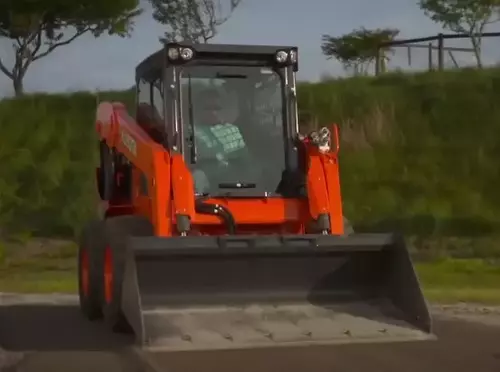
Skid steers are known for their exceptional maneuverability and versatility, making them a popular choice for various applications. With the ability to make zero-radius turns and navigate through tight spaces effortlessly, these compact machines offer a significant advantage over larger equipment.
Their wide range of attachments, such as backhoes, brush cutters, mulchers, and rakes, further enhances their adaptability to different tasks. This, combined with their high visibility and advanced control features, ensures that skid steers are a worthwhile investment for those seeking agile and efficient machinery.
Tractors: Power and Adaptability
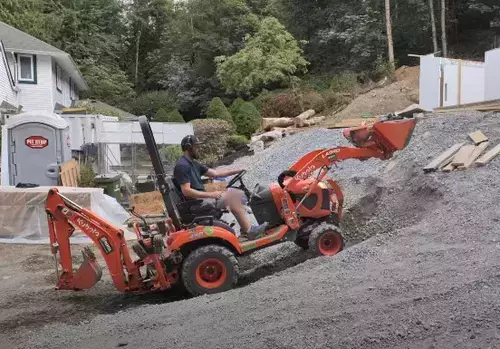
Tractors are known for their power and adaptability, making them an essential piece of equipment for farming and other heavy-duty tasks. Their ability to plow, till, harrow, plant, and mow makes these versatile machines an excellent choice for those looking for a reliable all-rounder. Their adaptability is further enhanced with a wide range of attachments that can be easily connected to the front or back of the vehicle.
Moreover, tractors often boast more affordable price tags, lower operating costs, and easier maintenance compared to skid steers. With their numerous advantages and capabilities, tractors make a smart, economical choice for small farms and operations on tight budgets.
Affordability and Operating Costs: Tractors Vs. Skid Steers
Tractors are often the more budget-friendly option when comparing affordability and operating costs with skid steers. Not only do they generally have a lower upfront cost, but maintenance and operating expenses are also more economical for tractors. This makes tractors an ideal choice for small farms or those operating on a tight budget.
In contrast, skid steers are typically more expensive, both in terms of the initial purchase price and in the long run, as their maintenance and operating costs can be higher. However, their increased versatility and ability to perform a wide range of tasks may justify the additional expense for some users.
Skid Steer Loader Attachments Vs. Tractor Attachments
Skid steers and tractors are both versatile pieces of machinery, each with their own unique set of attachments. Skid steer attachments offer a wide variety of applications, from trench digging and earthmoving to landscape maintenance and construction.
Some popular skid steer attachments include forks, buckets, brooms, and rakes. On the other hand, tractors are best suited for agricultural tasks, such as tilling, due to their large wheels and stability. They can also be paired with attachments like rotating cutters, bale spears, and root rakes.
When comparing the two, skid steers might offer more attachment options and quicker switching between them, while tractors provide better stability for specific tasks.
Stability and Maneuverability of Skid Steers Vs. Tractors
When it comes to stability and maneuverability, skid steers have a clear advantage over tractors. With their independent left and right wheel synchronization, skid steers can easily make tight turns and navigate through narrow spaces. This is particularly useful when working in confined areas, allowing operators to perform tasks more efficiently.
On the other hand, tractors have larger wheels and a traditional four-wheel drive system, which is great for providing traction on various terrains. However, this can limit their maneuverability, making tasks in tight spaces more challenging.
Skid Steer Hydraulics Vs. Tractor Regeneration
Skid steer loaders and tractors both have hydraulic systems that power their various attachments and functions. However, there are some differences in their hydraulic capabilities that can impact their suitability for certain tasks.
Skid steers generally have more powerful hydraulics, which allow them to lift heavier loads and operate a wider variety of attachments. This makes them highly versatile machines suitable for various industries and applications. On the other hand, tractors require regular regeneration periods to prevent overheating and maintain optimal performance. This can slow down work and reduce efficiency in demanding tasks.
Which One is Best for Farming: Skid Steer or Tractor?
Skid steers and tractors each have their unique advantages, making the final decision for your farming needs dependent on your specific requirements. Skid steers, known for their versatility and maneuverability in tight spaces and on rough terrains, offer a wider range of attachments and work well on sloped areas. They are suitable for various tasks like earth-moving, landscaping, post hole drilling, and more.
On the other hand, tractors present greater power and torque, and can handle bulkier loads, making them more economical for small-scale farms on tight budgets. With the capability to attach tools at the front and back, tractors ease tasks like plowing, tilling, and planting. Consider each machine’s specificity and application before making a decision.
Final Considerations and Conclusion: Skid Steer Vs. Tractor
In conclusion, both skid steers and tractors offer unique benefits, and choosing between the two depends on your specific needs and requirements. Skid steers excel in maneuverability, visibility, and versatility, making them ideal for operating in tight spaces and on rough terrain. On the other hand, tractors provide powerful performance, affordability, and fuel efficiency, making them a more economical choice for small farms.
Ultimately, the decision between a skid steer and a tractor should be based on your intended use, budget, and personal preferences. Consider the tasks you’ll be performing most frequently and evaluate each option’s features and benefits to make the best decision for your needs.
